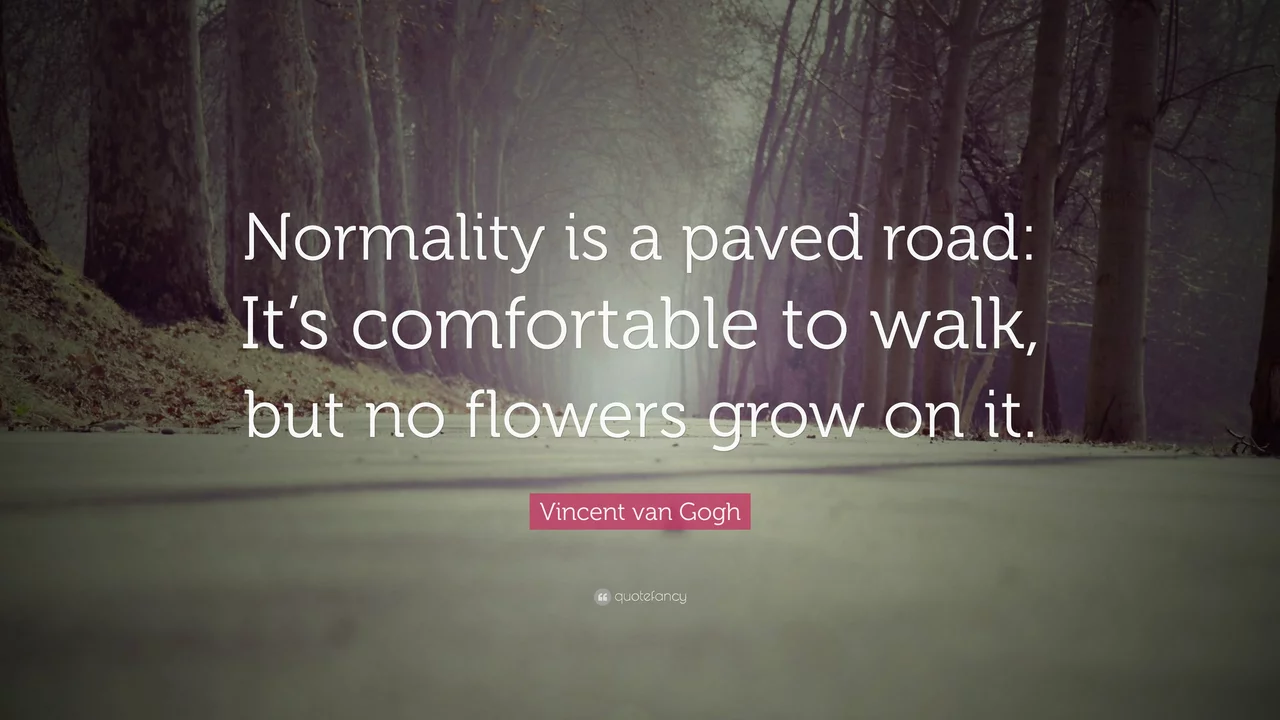Cultural Differences: What They Mean for Your Daily Life
Ever felt confused by a simple greeting or a classroom habit when you travel or chat online? That's cultural difference at work. It’s not just about food or festivals – it shapes how we communicate, learn, and even judge news. Knowing the basics can save you awkward moments and open doors to better connections.
Why cultural differences matter
When an Indian student lands in Germany, the first shock isn’t the cold weather; it’s the way professors expect you to speak up in class. In India, respect often means listening quietly, while German classrooms reward direct questions. This clash can make a bright student look shy or a confident learner seem rude. The same pattern shows up in media: American outlets may frame Indian politics differently, highlighting reforms while glossing over local concerns. Recognizing these angles helps you read news with a balanced view.
Businesses feel the impact too. A German tech firm partnering with an Indian startup might assume meetings run on strict schedules, but Indian teams often blend work with social talks, seeing relationship‑building as part of the deal. Misreading these cues can stall projects or cause friction. By spotting the subtle rules – like when to use first names or how direct feedback is delivered – you keep collaborations smooth.
Simple tips to bridge gaps
1. Ask, don’t assume. If you’re unsure why someone says "yes" but means "maybe," just ask for clarification. It shows respect and avoids costly misunderstandings.
2. Mirror basic customs. In India, removing shoes before entering a home is polite; in many European homes, it’s optional. When you copy a small habit, you signal you care about the other person’s culture.
3. Keep language clear. Avoid idioms like "break a leg" when speaking with non‑native English speakers. Plain language reduces confusion and speeds up learning.
4. Watch media lenses. Recognize that a news outlet from the U.S. might highlight India’s tech growth, while an Indian channel could focus on political debates. Reading both sides gives a fuller picture.
5. Be patient with stereotypes. Everyone carries a mental shortcut about other cultures. When you notice a stereotype popping up, pause and ask yourself if it’s based on real experience or just a headline.
Applying these habits doesn’t require a full cultural immersion course. A few minutes of curiosity each day builds a habit that smooths travel, study, and even casual online chats. Next time you’re stuck on a cultural puzzle, remember: ask, adapt, and keep the conversation going.
